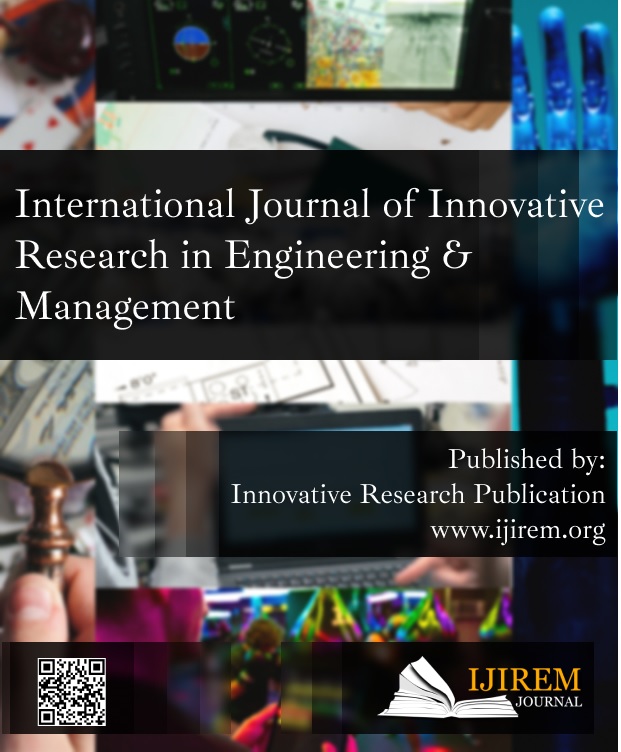Hybrid Electric Vehicles and Their Challenges: A Review
Keywords:
Battery, Energy Management System, Fuel Cell, Hybrid Electric Vehicle, Super CapacitorsAbstract
A variety of alternative energy sources are being investigated for hybrid cars as a means of refueling the world's depleted petroleum supply. The usage of fossil fuel in cars is becoming a growing source of worry due to its negative environmental consequences. Battery, fuel cell (FC), super capacitors (SC), and photovoltaic cell (PV) are among the sources being investigated for automotive applications. These renewable energy sources may be used to create a hybrid electric vehicle (HEV) for the future generation of mobility. This article examines many elements and methods of HEVs, including energy management systems (EMS), power conditioning, and propulsion systems. Other HEV-related fields including DC machines and automotive systems are also covered. Different types of models and algorithms developed from simulation and experiment are thoroughly described. The table summarizes the performance of different HEV system combinations, along with pertinent references. Various academics have produced a thorough assessment of hybrid electric vehicles, including their source combinations, models, and energy management systems (EMS). Following a thorough examination, it was shown that current technologies are more or less capable of performing HEV effectively; nevertheless, dependability and intelligent systems are still lacking. As a result, numerous aspects, difficulties, and concerns with the next generation hybrid car have been highlighted in this study.
Downloads
References
. Ribeiro BH, Ferreira TT. Veículos elétricos: aspectos básicos, perspectivas e oportunidades. BNDES. 2010; [2]. Conte G, Scaradozzi D, Mannocchi D, Raspa P, Panebianco L, Screpanti L. Development and Experimental Tests of a ROS Multi-agent Structure for Autonomous Surface Vehicles. J Intell Robot Syst Theory Appl. 2018;
. Quinn DD, Hartley TT. Design of novel charge balancing networks in battery packs. J Power Sources. 2013; [4]. Morstyn T, Momayyezan M, Hredzak B, Agelidis VG.
Distributed Control for State-of-Charge Balancing Between the Modules of a Reconfigurable Battery Energy Storage System. IEEE Trans Power Electron. 2016;
. Gholizad A, Farsadi M. A Novel State-of-Charge Balancing Method Using Improved Staircase Modulation of Multilevel Inverters. IEEE Trans Ind Electron. 2016;
. Linzen D, Buller S, Karden E, De Doncker RW. Analysis and evaluation of charge-balancing circuits on performance, reliability, and lifetime of supercapacitor systems. IEEE Trans Ind Appl. 2005;
. Wu X, Hu C, Zhang J, Qian Z. Analysis and design considerations of LLCC resonant multioutput DC/DC LED driver with charge balancing and exchanging of secondary series resonant capacitors. IEEE Trans Power Electron. 2015;
. Roche M, Shabbir W, Evangelou SA. Voltage control for enhanced power electronic efficiency in series hybrid electric vehicles. IEEE Transactions on Vehicular Technology. 2017.
. Emadi A, Lee YJ, Rajashekara K. Power electronics and motor drives in electric, hybrid electric, and plug-in hybrid electric vehicles. IEEE Transactions on Industrial Electronics. 2008.
. Strunz K, Abbasi E, Huu DN. DC microgrid for wind and solar power integration. IEEE J Emerg Sel Top Power Electron. 2014;
